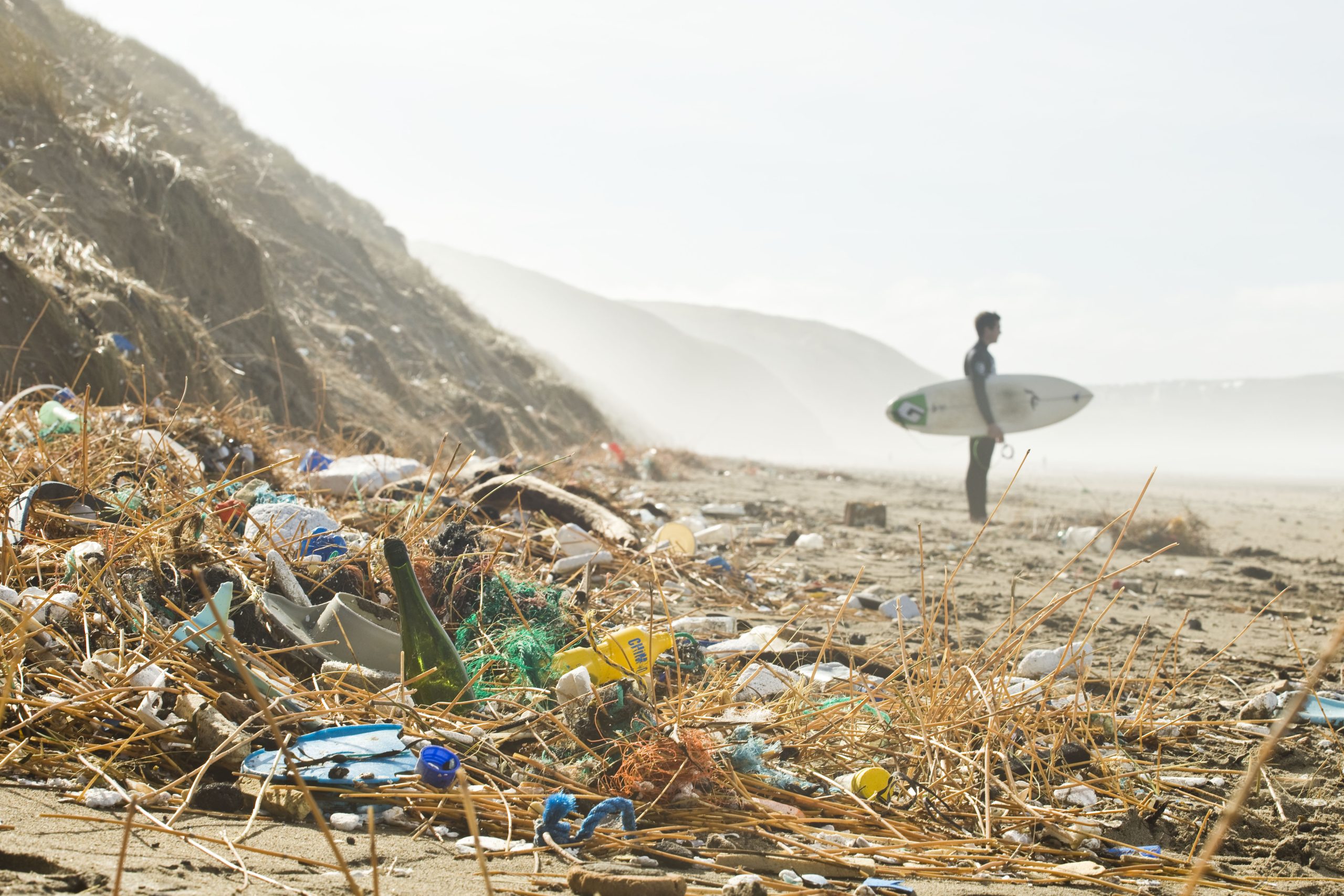
Join The People vs Plastic Campaign
Join the movement and choose your action to help fight plastic pollution in the UK.
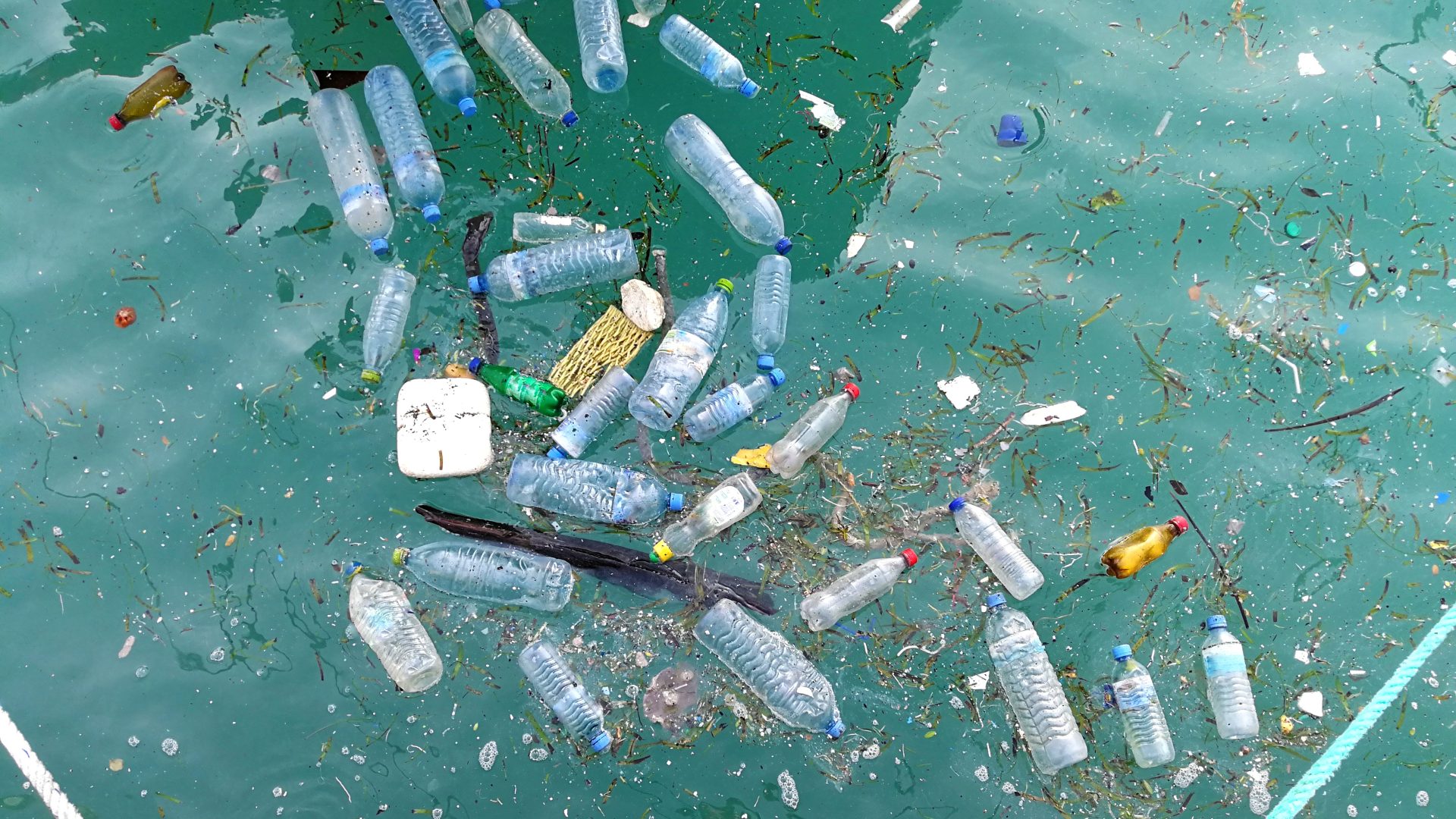
How bad is plastic pollution—and what does it mean for our planet, wildlife, and health? Uncover the hard-hitting facts behind the plastic crisis: from production and packaging to its lasting impact on ecosystems and people. The numbers are alarming, but change is possible.
Join The People vs. Plastic movement today, and find out how you can take action to help fight plastic pollution in the UK.
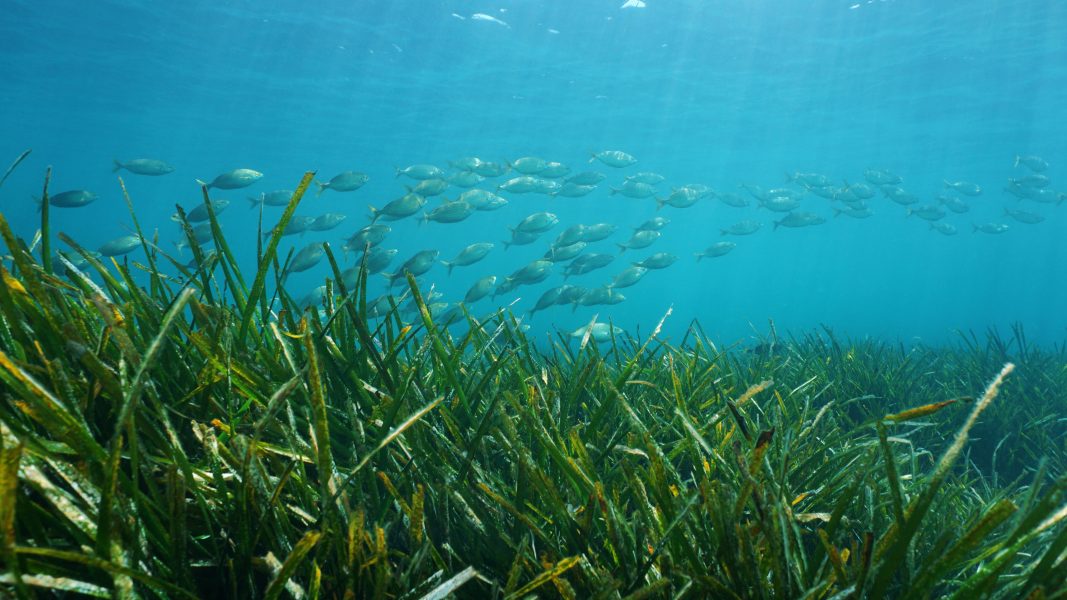
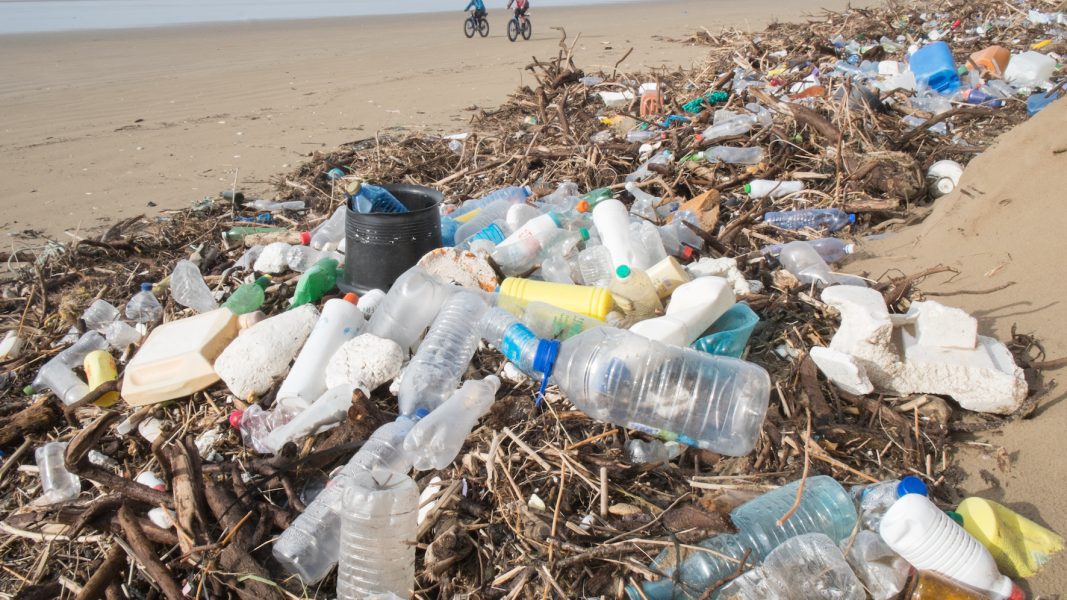
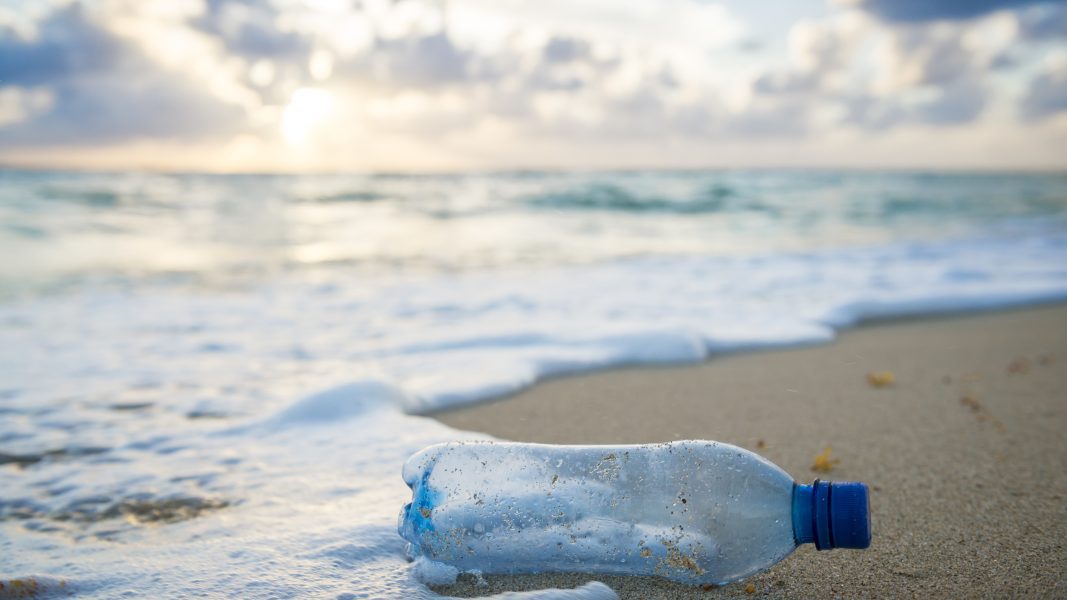
When plastic waste is mismanaged (it’s not recycled, incinerated, or locked away in landfills) it becomes an environmental pollutant. Whether it’s washing up on our beaches, appearing deep in the Arctic ice or entangling marine wildlife, plastic pollution is where it shouldn’t be. And it’s causing catastrophic harm.
Over time, these plastics break down into smaller and smaller pieces called microplastics and nanoplastics, which further persist in the environment causing an array of problems. Not only are these small plastic fragments extremely difficult to clean up once in the environment, but they also act as vessels carrying toxic chemicals everywhere they go. And they have found their way into every nook and cranny of our planet, including our bodies.
The rapid increase in single-use and disposable plastics has and is continuing to make plastic pollution one of the most pressing environmental challenges we face globally today.
Over 11 million tonnes of plastic finds its way into the ocean every single year. 9.5 million tonnes of this enters the ocean from the land, and 1.75 tonnes are chucked into the sea directly from the fishing and shipping industry.
There are approximately 51 trillion microscopic pieces of plastic, weighing 269,000 tons. That’s about the same as 1,345 adult blue whales. And 500 times the number of stars in our galaxy.
More than 98% of plastics are made from fossil fuels. Plastic production requires chemical and energy-intensive processes that produce substancial greenhouse gas (GHG) emissions and other pollutants (Jambeck & Walker-Franklin, 2023). This contributes directly to climate change, accelerating global warming and its associated consequences such as rising sea levels and extreme weather events.
The extraction of crude oil, the raw material for most plastics, often involves disruptive practices such as drilling and fracking, which can contaminate groundwater, pollute soil, and damage delicate ecosystems. Refining the oil into the specific petrochemicals needed to create plastic also generates pollutants that are released into the air and water, further exacerbating environmental problems.
The actual manufacturing of plastic also requires significant amounts of energy. Facilities often emit harmful chemicals and industrial waste. Furthermore, this process requires considerable amounts of fresh water, placing additional strain on already scarce resources in some regions. This intense manufacturing process not only contributes to pollution, but also uses energy that is often sourced again from fossil fuels, increasing the carbon footprint of piece of plastic produced.
Plastic is strong, flexible and durable. The same qualities that make it so useful also make it an environmental nightmare. A plastic bottle can last for 450 years in the marine environment, slowly fragmenting into smaller and smaller pieces which never truly disappear. Every piece of plastic ever produced is still with us in some form. And we’re using more plastic than ever before.
For wildlife such as fish, dolphins, seabirds, seals and more, it can be fatal: they can become entangled, or mistake plastic for food.
From the dead albatross in the Midway Atoll, stomachs packed full of plastic waste, to the whale found malnourished and dying off the coast of Norway with 30 plastic bags and masses of plastic packaging in its guts, too many incidents illustrate this problem with searing clarity.
But not all impacts are so visible. Research shows that …. microplastic level bottom of food chain and works its way up, accumulating in higher quantities and increasing toxicity.
With so much seafood now containing plastic, and microplastics now found within the soil we grow our food, water we drink and air we breathe, the question is no longer are we eating plastic, but how bad is it for our health? Because if it’s in the environment, it’s in us too. New research proves that we are indeed inhaling and ingesting toxic microplastics through the air, consuming them through food and water, and are even absorbing them through our skin – posing serious risks to our health. Microplastics have even been found within our hearts, lungs, livers, spleens, kidneys, and brains, and one study recently found microplastics in the placentas of newborn babies.
One of the most concerning health risks plastics poses is from chemicals they contain. At least 4,219 of these chemicals are of concern, associated with hazardous properties like persistence, bioaccumulation, mobility and toxicity and are known to disrupt the endocrine systems of humans and other animals (Wagner et al., 2024).
Not only is plastic pollution suffocating the ocean and causing an array of health issues for people ingesting toxic micro and nano plastics, but it’s disproportionately affecting marginalized communities and is endangering the livelihoods of those reliant on marine resources across the globe.
Plastic Pollution is an environmental injustice
Plastic pollution impacts human rights throughout its entire lifecycle. From production (extracting raw materials and manufacturing) through to consumption and disposal, the impacts of plastics on marginalized populations are severe.
For example, those living in ‘fence-line’ communities (next to plastic production and waste sites) are more exposed to hazards ranging from groundwater contamination, fires, toxic spillages and air pollution. All of which can increase the likelihood of nearby residents developing health issues such as cancer, respiratory diseases, leukemia, development concerns, and miscarriages. As a result of a history of redlining, gentrification and zoning policies, plastic-producing facilities in the US tend to be located near low-income communities of color – with studies suggesting Black people are 75% more likely to live in fence-line communities.
Women have also been found to suffer more from plastic-related toxicity risk, due to higher exposure of plastics at home and in feminine care products. Differences in gender, social roles, and political power in regulating plastic use and health standards place women at high risk of miscarriages and cancer, further exacerbating gender-related disparities overall.
Wealthy countries, including the UK, are still reliant on exporting plastic waste abroad. This simply pushes the problem onto others and fuels this environmental injustice.
Nice idea, but not possible. Only 1% of marine can be found floating in the water. 94% has already sunk to the seafloor. And even if we tried to ‘scoop’ up that 1%, who would pay for it and what else will we catch at the same time? Plus, the majority of plastic waste is microscopic making it almost impossible to retrieve once in the ocean. It’s clear that cleaning can only get us so far. The only solution is to target the causes of plastic pollution upstream and stop using single-use and pointless plastic.
In the North Pacific, a gyre (a slowly swirling whirlpool of ocean currents) collects plastic debris. Estimates measure it at twice the size of France. Charles Moore, the oceanographer who discovered it, predicts that it will double in size over the next ten years if we don’t change our ways.
And we’re not talking about a neat island that we can tidy away, either; this is a vast soup filled with confetti-like plastic fragments. Experts believe it would take 67 ships for a year to clean up less than 1% of the Great Pacific Garbage Patch.
And it’s not just the Pacific that’s accumulating a country-sized wasteland. In fact, garbage patches are now accumulating in every single ocean where gyres swirl and accumulate plastic pollution.

Join the movement and choose your action to help fight plastic pollution in the UK.
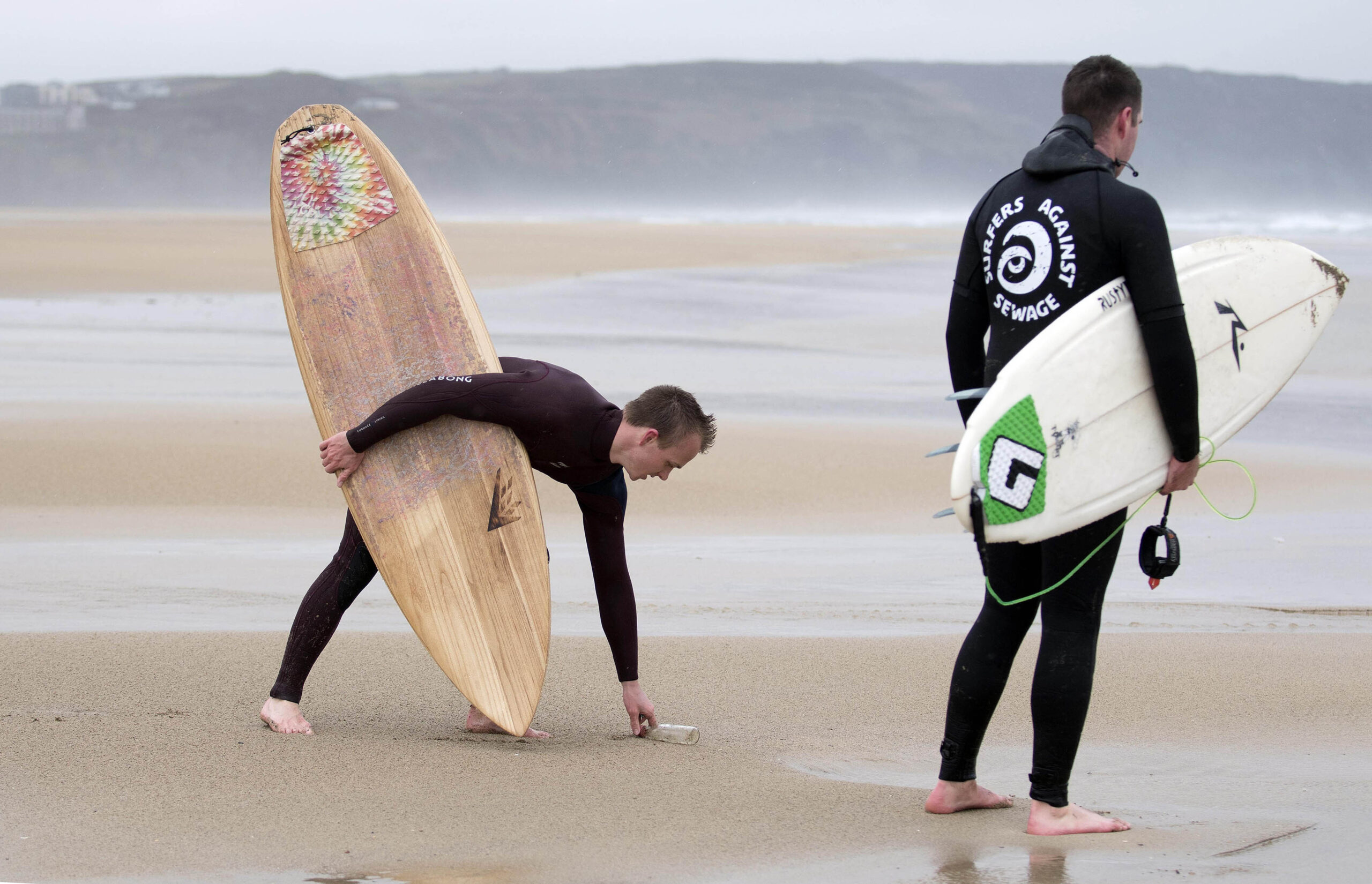
For less than the cost of a cup of coffee each month, you can help fuel our campaigning against plastic pollution.